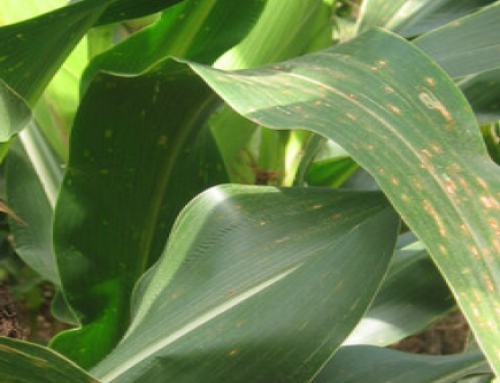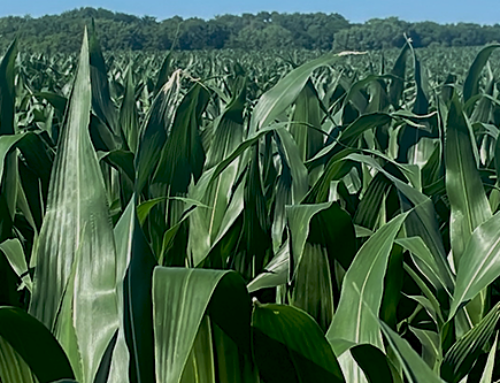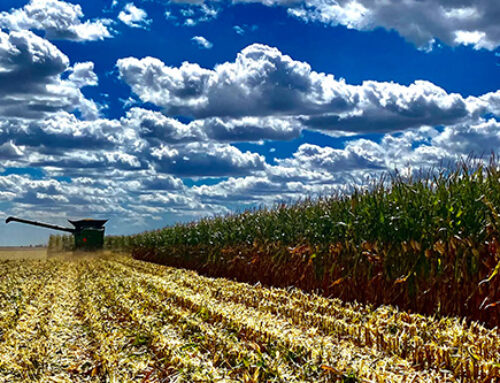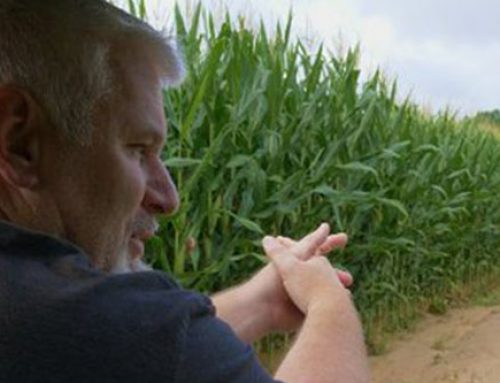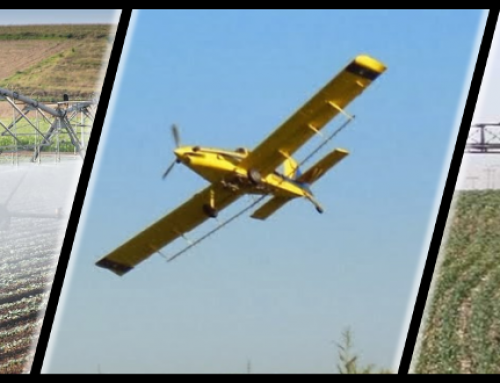As we head toward the back end of the growing season, there are many clues we can look at to determine whether some of our management decisions this year paid off. Of course, Mother Nature has a way of laying best laid plans to the side, but we can still learn something from what we observe out in the field as the crop begins to mature.
Good late season plant health is key to high yield potential. We want to keep that crop growing well as long as possible. Keep those things in mind as you make your final decisions, such as last irrigations on the corn and bean crop.
Late season plant health gives us clues as to whether:
- We chose the right hybrid and traits
- We chose the right population
- The proper amounts of nutrients were supplied to the crop
- Moisture stress was managed properly
- Insects and diseases were managed properly
- Weed control was managed properly
- The field had good soil tilth and drainage
Take each one of these categories, and evaluate whether you need to refine or change any management practices next year. What conditions were out of your control? And if so, how do we manage that risk, and still achieve a good outcome.
This is also a good time to decide whether you are missing any information or data layers that can further help manage risk, and improve the bottom line.
Data layers, such as EC, elevation, pH, yield, NDVI imagery can all help identify and quantify areas of the field that can be improved. Visit with your Crop Quest Agronomist about utilizing management zones to help target your inputs.
This year in particular, many of our producers dealt with excess water on fields, and drainage issues in general. Visit with us about resources we have available, in conjunction with Modern Ag, to help resolve some of your drainage issues in your fields.
At Crop Quest, we continue to help our customers refine cropping plans to manage risk, and continue to improve production on all our customers’ acres.
Written by: Dwight Koops, Dodge City, Kansas

